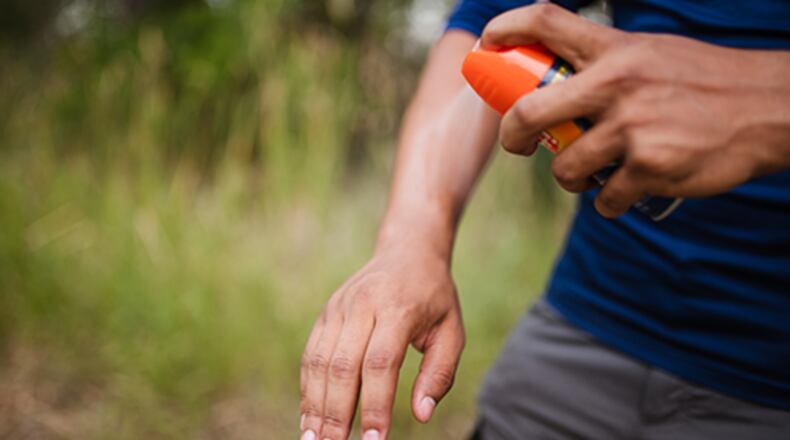May is Lyme disease awareness month across the U.S., but not the only tick-born illness.
“With such a great influx of people into the metro Atlanta area, a lot of natural habitat has been destroyed which is increasing animals living in conjunction with humans,” explained infectious disease specialist, Dr. Andrew Pugliese. “The result is going to be more interactions with zoonotic infections.”
Pugliese is triple board certified in Internal Medicine, Infectious Disease, and Sleep Medicine and practices with Infectious Disease Consultants in Suwanee where he treats patients with a wide range of potentially debilitating diseases.
The Centers for Disease Control and Prevention define zoonotic diseases as “caused by germs that spread between animals and people.”
Consider the wildlife encountered in the suburbs - deer, raccoons, squirrels, chipmunks, coyotes, opossums and more. People do not need to have direct contact with any of these animals to contract a disease they might be carrying. Transmission can take place when ticks and mosquitoes have been living on the animals and then bite a human.
“In general, my practice is seeing tick-related diseases on the rise,” noted Pugliese.
Lyme disease is just one of the more well-known tick-borne illnesses. Typical symptoms include fever, headache, fatigue and (in about 50% of cases) a characteristic bull’s-eye skin rash. Treated early with a course of antibiotics, Lyme disease can be eradicated. But according to the CDC, “if left untreated, infection can spread to the joints, the heart and the nervous system.”
Pugliese is also seeing a significant increase in Rocky Mountain Spotted Fever. Symptoms include fever, headache and rash. Also treatable with the right antibiotic; left untreated this one can be deadly.
Other tick-borne diseases Pugliese’s practice is seeing include Babesiosis, Ehrlichiosis and Anaplasmosis. Then there are the viruses spread by mosquitos: Chikungunya, West Nile and Encephalitis, to name a few.
Pugliese has treated patients with the Chikungunya virus after their return from the Caribbean where they encountered the virus via mosquito bite.
“In about 80% of cases, medication can eliminate symptoms [of all these zoonotic diseases], but for the other 20% of the population who happen to just have the right genetic makeup, these infections can result in long-term consequences,” said Pugliese. “With most zoonotic diseases, the sooner you seek treatment, the better chance of not having long-term complications.”
If you find a tick on yourself (and remember they can be tiny), the CDC recommends careful removal (www.cdc.gov/lyme/removal/index.html). If you’re unsure you can remove the entire tick (including the head), or if it has been embedded for more than 24 hours, Pugliese suggests seeing a doctor to remove the tick and evaluate you for treatment.
Preventing tick bites isn’t always possible but consider using an insect repellant containing EPA-registered DEET, Picaridin or Oil of Lemon Eucalyptus. You can also pretreat clothing with products containing 0.5% Permethrin.
“Don’t think you have to have been out hiking to have been exposed to a tick bite. If you garden or spend any time outdoors, you need to take precautions and check for ticks when you come back inside,” recommended Pugliese.
About the Author
Keep Reading
The Latest
Featured

